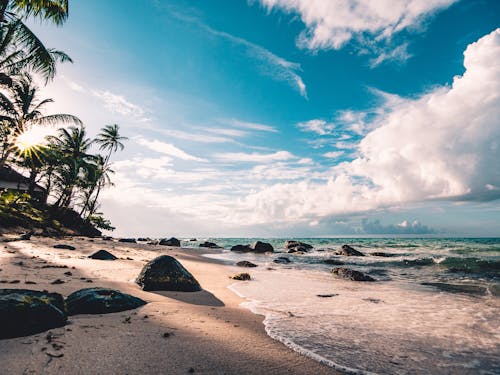Stamp: Grey Plover (Pluvialis squatarola) (Brazil 1985)
Grey Plover (Pluvialis squatarola) (Brazil 1985)
05 June (Brazil ) within release Birds of Abrolhos National Park goes into circulation Stamp Grey Plover (Pluvialis squatarola) face value 2000 Brazilian cruzeiro
| Stamp Grey Plover (Pluvialis squatarola) in catalogues | |
|---|---|
| RHM: | RHM:BR C-1464 |
Stamp is square format.
Also in the issue Birds of Abrolhos National Park:
- Stamp - Magnificent Frigatebird (Fregata magnificens) face value 220;
- Stamp - Masked Booby (Sula dactylatra) face value 220;
- Stamp - Brown Noddy (Anous stolidus) face value 220;
- Stamp - Grey Plover (Pluvialis squatarola) face value 2000;
Stamp Grey Plover (Pluvialis squatarola) it reflects the thematic directions:
Birds (Aves), a subgroup of Reptiles, are the last living examples of Dinosaurs. They are a group of endothermic vertebrates, characterised by feathers, toothless beaked jaws, the laying of hard-shelled eggs, a high metabolic rate, a four-chambered heart, and a strong yet lightweight skeleton. Birds live worldwide and range in size from the 5 cm (2 in) bee hummingbird to the 2.75 m (9 ft) ostrich. They rank as the class of tetrapods with the most living species, at approximately ten thousand, with more than half of these being passerines, sometimes known as perching birds. Birds are the closest living relatives of crocodilians.
A sea is a large body of salty water. There are particular seas and the sea. The sea commonly refers to the World Ocean, the wider body of seawater. Particular seas are either marginal seas, second-order sections of the oceanic sea (e.g. the Mediterranean Sea), or certain large, nearly landlocked bodies of water.
Animals are multicellular, eukaryotic organisms of the kingdom Animalia (also called Metazoa). All animals are motile, meaning they can move spontaneously and independently, at some point in their lives. Their body plan eventually becomes fixed as they develop, although some undergo a process of metamorphosis later on in their lives. All animals are heterotrophs: they must ingest other organisms or their products for sustenance.



